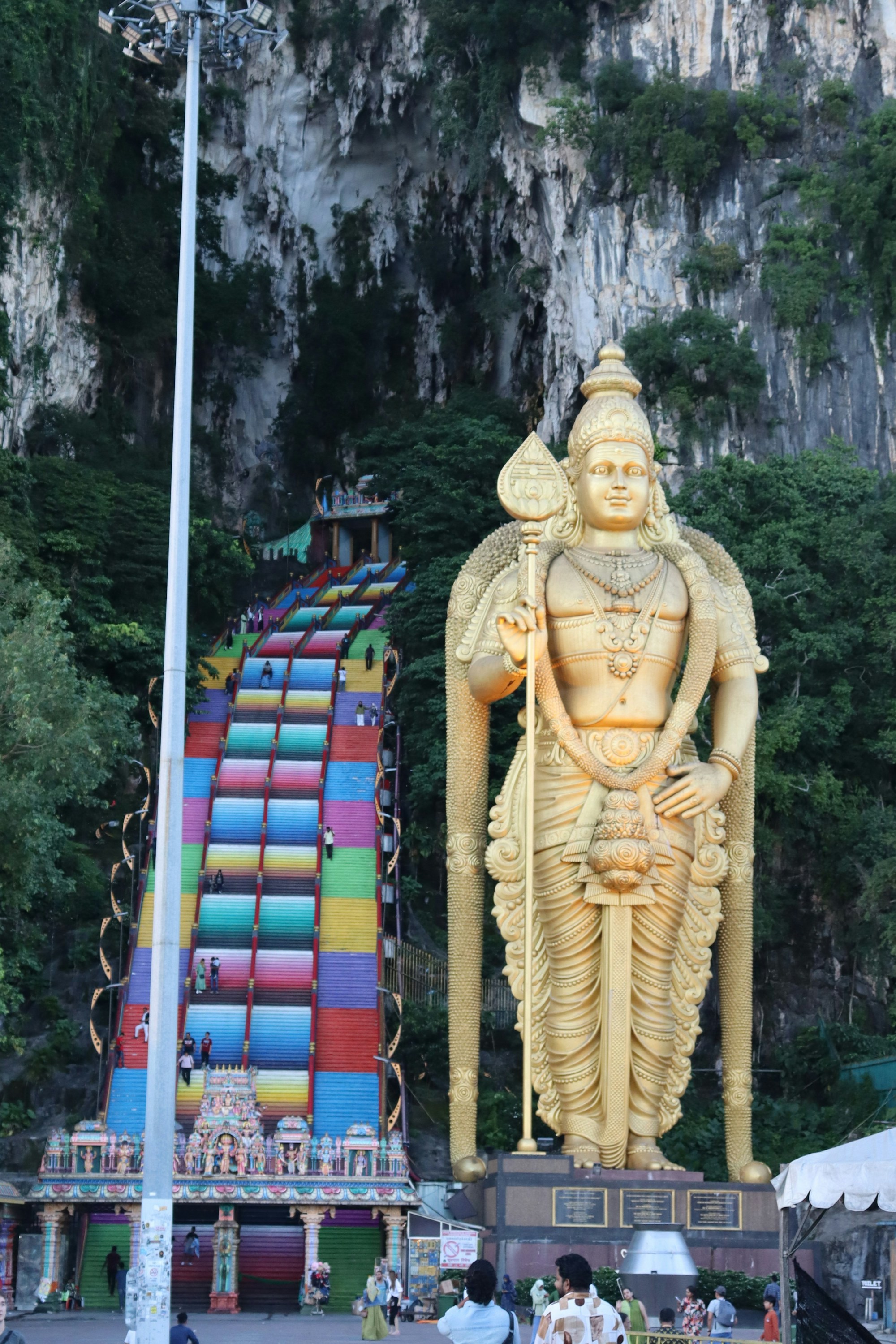Batu Caves: Local Culture and Traditions Guide
Discover the vibrant local culture and fascinating traditions of Batu Caves in this comprehensive guide.

Batu Caves Travel Guide
The Batu Caves, located just outside of Kuala Lumpur in Malaysia, are an iconic destination that offers a rich cultural and traditional experience for visitors. Here is a comprehensive guide to help you explore this unique site.
Historical Background
The Batu Caves have a deep historical significance in Malaysia. They are believed to be around 400 million years old and have been considered sacred by the indigenous Malay people for centuries. The caves have also served as important religious sites for the Hindu community in Malaysia.
Cultural Practices
Visitors to the Batu Caves are encouraged to dress modestly out of respect for the religious significance of the site. It is common to see pilgrims and devotees performing various rituals and prayers at the caves, adding to the spiritual atmosphere of the place.
Annual Festivals
One of the most significant festivals celebrated at the Batu Caves is Thaipusam. This Hindu festival is dedicated to Lord Murugan and attracts thousands of devotees who undertake a pilgrimage to the caves, often carrying kavadis (burdens) as acts of penance.
Local Anecdotes
Legend has it that the Batu Caves were discovered in the 1800s by an American naturalist named William Hornaday. Local folklore also tells of a giant named Suyambu who guarded the entrance to the caves before being tricked by Lord Murugan.
Interesting Facts
- The main attraction at Batu Caves is the enormous golden statue of Lord Murugan, which stands at 42.7 meters tall.
- There are a total of 272 steps leading up to the Temple Cave, making it a popular spot for fitness enthusiasts and tourists alike.
Getting There
The Batu Caves are easily accessible from Kuala Lumpur via train or taxi. The KTM Komuter train service makes regular stops at Batu Caves station, providing a convenient way to reach the site.
Opening Hours
The Batu Caves are open daily from early morning until evening, allowing visitors to explore the site at their own pace. It is recommended to visit early in the morning to avoid the crowds and the heat.
